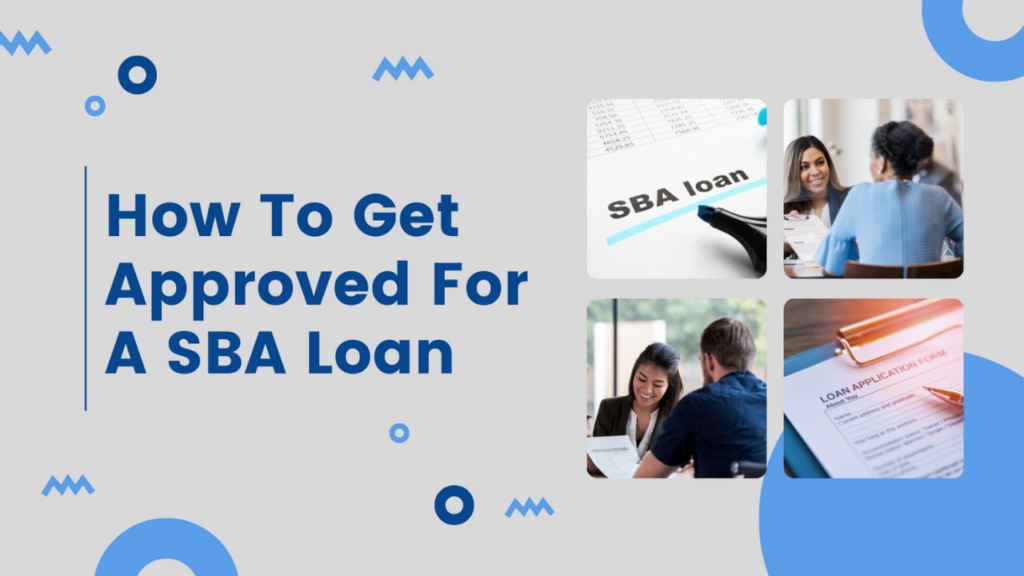
Hello, entrepreneurs! I’m Tim Shaw with First Union Lending, and today, we’re going to guide you through getting approved for an SBA loan. Whether launching a startup or expanding an existing venture, an SBA loan can give you the financial leg-up you need. So, let’s simplify your loan application journey!
Understanding the SBA Loan Application Process
The Small Business Administration (SBA) offers loans through approved lenders. Here’s a simplified breakdown:
Step 1: Gather the Required Documents
Start by collecting all necessary documentation. These typically include personal and business tax returns, financial statements, bank statements, and a comprehensive business plan. The lender may also request additional documents. Ensure everything is up-to-date and organized. Here are the common documents you’ll need:
- Personal and Business Tax Returns: For the past three years.
- Financial Statements: Including profit and loss statements, balance sheets, and cash flow statements.
- Bank Statements: For both personal and business accounts.
- Comprehensive Business Plan: This should outline your objectives, market analysis, financial projections, and repayment plan.
Step 2: Complete the Application Form
Once your documents are ready, it’s time to complete the application form. Be meticulous and provide accurate information. Any mistakes or omissions can cause delays or, worse, lead to rejection.
Avoiding Common Pitfalls in SBA Loan Approval
Pitfall 1: Lack of Preparation
Rushing into an application without proper research and preparation can hurt your chances of approval. Understand the SBA loan program, its requirements, and the specific criteria of the lender you are applying to.
Pitfall 2: Poor Credit History
Lenders often consider your credit score when evaluating your loan application. A low credit score can make securing an SBA loan challenging. Maintain a good credit history and address any issues before applying.
Pitfall 3: Insufficient Collateral
SBA loans typically require collateral. If your collateral is insufficient, it can hinder your application. Explore alternatives like personal guarantees or other collateral options to strengthen your application.
Recap: Key Steps to SBA Loan Approval
- Gather All Necessary Documents: Personal and business tax returns, financial statements, bank statements, and a detailed business plan.
- Complete the Application Form Accurately: Take your time to avoid mistakes or omissions.
- Avoid Common Pitfalls: Insufficient preparation, poor credit history, and inadequate collateral.
With this knowledge, you can tackle the SBA loan application process. Remember to research, prepare, and submit a strong application. However, you don’t have to go it alone. Call First Union Lending to speak with an account specialist. We’ll help you navigate the process. We can even help bridge the gap with bridge financing during the SBA application process.
